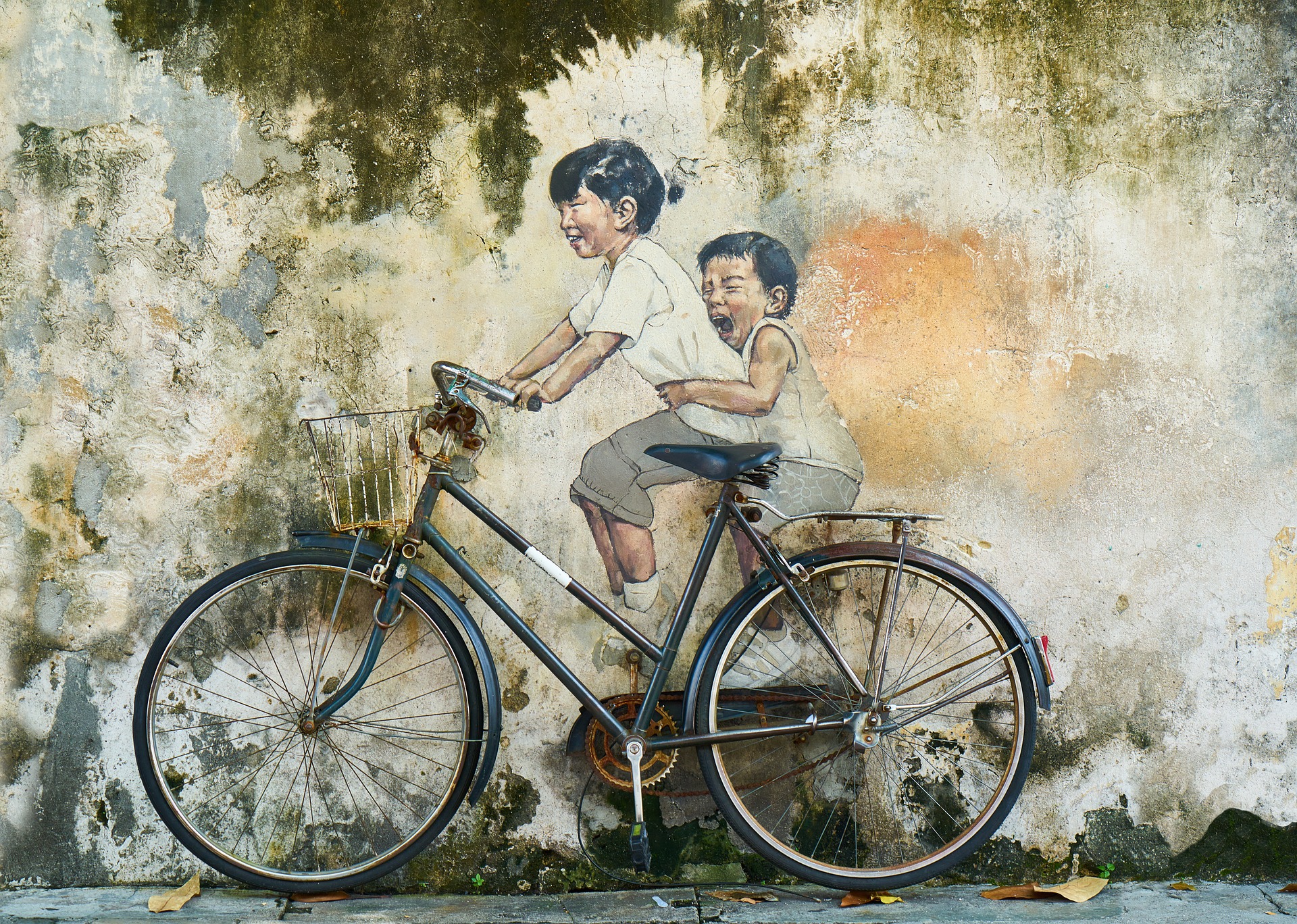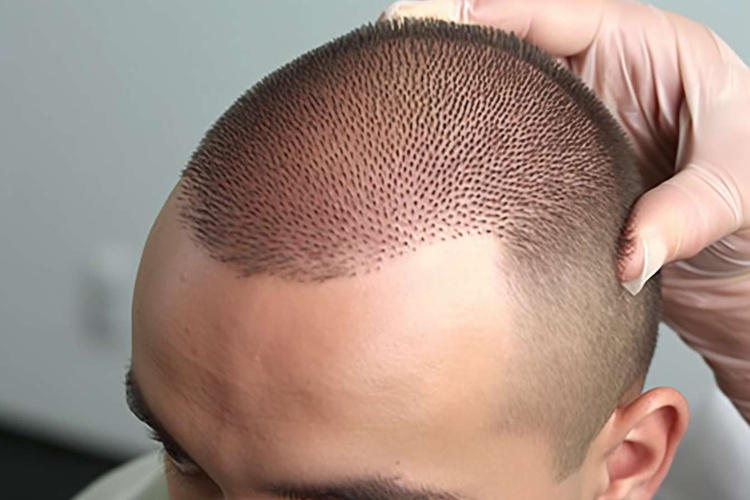Virtual Reality: A New Frontier in Artistic Expression
Virtual Reality (VR) is no longer just a novelty for gamers and tech enthusiasts, but a burgeoning medium for artists. From immersive installations to narrative storytelling, VR is offering a fresh canvas for creative expression. This article delves into the historical development of VR in art, its contemporary applications, and the transformative impact it has on our perception of art and entertainment.

The Genesis of an Artistic Medium
Virtual Reality emerged in the mid-20th century, primarily as a tool for military training simulations. However, it wasn’t until the late 1980s that VR started gaining visibility in the art world. Pioneering artists like Char Davies and Myron Krueger began creating immersive installations, exploring the vast potential of VR as a medium for artistic expression.
VR in Today’s Artistic Landscape
Fast forward to the 21st century, and VR has become an integral part of the global art scene. Contemporary artists such as Marina Abramović and Rachel Rossin utilize VR to challenge traditional boundaries, creating immersive experiences that transcend the limitations of physical space. Art institutions, too, have embraced VR, with exhibitions like the Louvre’s VR tour of the Mona Lisa drawing millions of virtual visitors.
The Impact of Virtual Reality on Art
VR’s impact on the art world has been profound. In addition to offering a new medium for artists, VR also redefines the audience’s role. Viewers become active participants, fully immersing themselves in the artwork and influencing its narrative. This interactivity not only enhances engagement but also makes art more accessible, allowing individuals to experience internationally renowned exhibitions from the comfort of their homes.
The Future of VR in Art
The future of VR in art looks promising. As technology advances, artists will continue to push the boundaries of what’s possible, creating even more immersive, interactive experiences. Initiatives like Google’s Tilt Brush, which allows artists to paint in 3D space, are already revolutionizing the way art is created and consumed.
The Potential Pitfalls
Despite the immense potential, VR also presents challenges. Critics argue that the high cost of VR equipment makes it inaccessible to many artists and viewers. There’s also the question of preserving VR artworks for future generations, given the rapid pace of technological change.
In conclusion, VR is carving out a significant niche in the art world, offering new possibilities for creative expression, audience engagement, and accessibility. However, as with any new medium, it also presents challenges that need to be addressed. Regardless, VR’s impact on the arts and entertainment industry is undeniable, and it’s exciting to imagine what the future holds.




